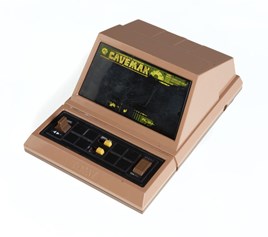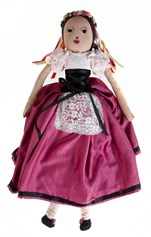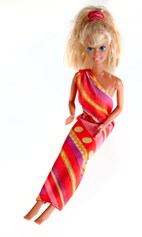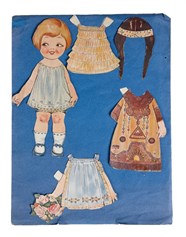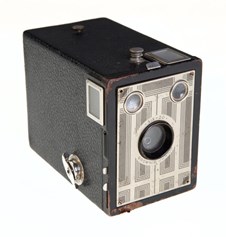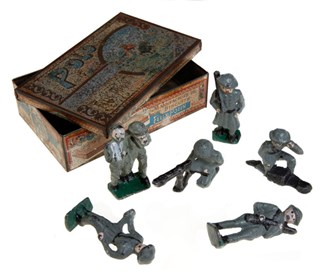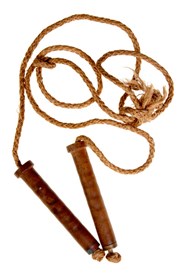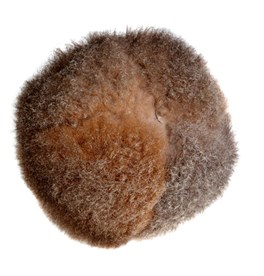My Grandmother's Toy Box activities
My Grandmother's Toy Box is an illustrated storybook about toys kept through several generations of a family. When used in the classroom it provokes discussions among students about what life was like for their parents and grandparents.
Using toys to understand the past
The story, My Grandmother's Toy Box, has been created to introduce the concepts of continuity and change. It provides an opportunity for conversations about how toys have changed over time and what has remained recognisable by comparing toys from the past and present.
It introduces the concept of a timeline through reference to generations of a family and placing the objects discovered in the toy box against a timeline of the development of Melbourne as a city, using the following questions:
- How do we know about the past?
- How do we know what toys children played with in the past?
- How do we know what games children played in the past?
- How do we find out about toys that are old?
Possible activities to pursue:
- Read stories about the past – e.g. My Grandmother's Toy Box.
- Students can role-play the timeline by arranging themselves as Hannah, her parents, grandparents etc. and talking about the generations of their own family – child, mother and father, grandmother and grandfather, great-grandmother and great-grandfather etc.
- Students can discuss whether they have any toys that have been handed down through their family.
- Students can arrange printed images of toys from the story in chronological order.
- Concepts of the present and the future can be explored by asking students to choose one toy that they would leave in the family toy box for future generations. Children should provide a reason why they have chosen that particular toy.
- Practise sequencing with the Toys Now and Then interactive.
- Students can be introduced to the practice of oral history. Start by brainstorming questions students can ask their parent or grandparents about the toys they played with when they were young. (e.g. What toys did you have? What were they made from? Who made them? How old were you when you played with that toy? What was your favourite toy?). Introduce the idea of going back in time, using phrases such as 'long time ago', 'before you were born', 'now and then', 'older and newer'.
- Students can write a memoir, recount or explanation of their interview.
- Ask children to bring to school the toy they would place in the toy box and speak to the class about their choice. As the toys are taken from the box, get the children to closely observe each object and question them as to:
- its function (how does this toy work?)
- the materials it is made from
- how it is similar to or different from toys they play with - Compare the toys from the past with the toys that students bring in to class.
Some suggestions for discussion of the toys as the story is read:
- Computer game: Hannah's father's toy
- What do you think this is?
- What is it made of?
- Are computer games still like this?
- How are they different?
- Did your fathers or mothers play computer games when they were children?
- What were they like? - Barbie doll: Hannah's mother's toy
- What is this doll made of?
- Where would Hannah’s mother have got the doll?
- Does anyone in the class have a Barbie doll? How is it similar or different?
- What games do they play with it? - Doll in ethnic dress – Hannah's grandmother's toy
- What is this doll made of?
- Where would it have been made?
- Why is it dressed like this?
- How would Hannah’s mother have played with it?
- Would Hannah’s mother still play with a doll? Why not?
- Do their mothers still have dolls they played with as children? - Box Brownie: Hannah's great-grandfather's toy
- What do you think this is?
- How is this camera different from ones your parents use?
- How are the photos different?
- These photos are of Christmas Day. What do you take photos of? - Paper dolls: Hannah's great-great-grandmother's toy
- How do you play with these paper dolls?
- Do you have a set of paper dolls?
- Did your mother play with paper dolls?
- How would you make your own clothes for a paper doll? - Toy soldiers: Hannah's great-great-grandmother's twin brother's toys - What do you think these might be made of?
- How can you tell the little boy who owned them painted them himself?
- Do you have toy soldiers?
- What are they made of?
- Did you paint them yourself? - Coles Arcade book: Hannah's great-great-great-grandfather's book
- Look at the bookshop in the picture in the story. How is it different from bookshops today?
- Listen again to what Hannah's mother tells her about the bookshop. Could you do this in a bookshop today?
- How is Hannah's great-great-great-grandfather's book different from your books? - Skipping rope: Hannah's great-great-great-great-grandmother's toy - How many people in the class have a skipping rope?
- Where did yours come from?
- Do you think this one would have been bought in a shop?
- What is it made from? - Marn Grook: Hannah's great-great-great-great-grandfather's toy
- This is a toy made by an Aboriginal father for his child before white people came to Australia. What do you think it is made of?
- What might have been put inside the ball for stuffing?
- What games might the children have played with it? - Your toy: what will you leave for the future?
- What do you want to put into the toy box?
- Why have you made that choice?
- How is it similar to or different from the toys already in there?
- Can you draw a picture of your toy to add to the other toy pictures?
